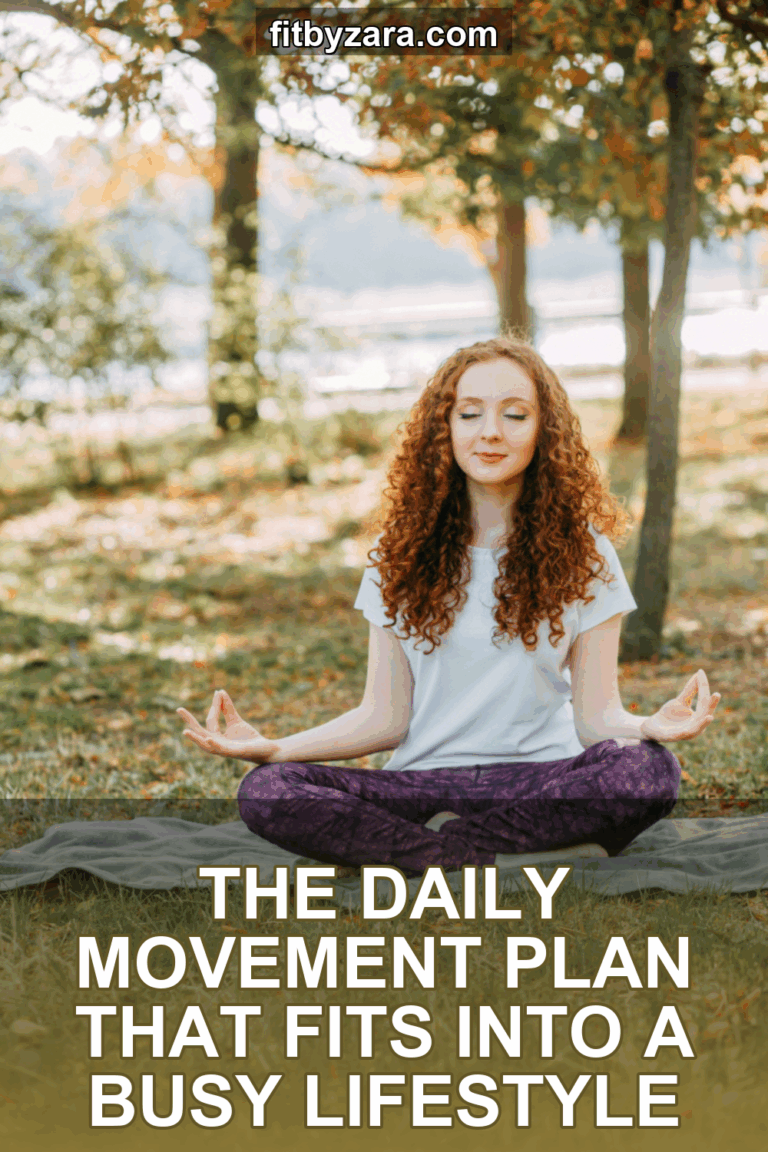Most People Miss This Tiny Morning Coffee Trick 🔥


/* Also Read */ .kf-wrap .also-read { border:1px solid #E7EEF8; border-radius:12px; background:#F9FBFF; padding:12px 14px; margin:22px 0; } .kf-wrap .also-read .ar-head { font-weight:900; margin:0 0 8px; color:#1F3658; } .kf-wrap .also-read ul { margin:0; padding-left:1.15em; }
/* Zara quote */ .kf-wrap .zq { border-left:5px solid #B44B3C; background:#FFF7F6; padding:12px 14px; border-radius:8px; margin:18px 0; } .kf-wrap .zq .who { font-weight:900; color:#B44B3C; margin-right:8px; }
/* Checklists */ .kf-wrap li.ck { list-style: none; position: relative; padding-left: 1.6em; } .kf-wrap li.ck::before { content: "☐"; position: absolute; left: 0; top: 0; } .kf-wrap li.ck.done::before { content: "☑"; }
Hey, fabulous ladies! If you’re in your 30s and juggling a million things—work, family, social commitments—you might feel like squeezing in any movement is a Herculean task. But here’s the good news: you can absolutely integrate movement into your daily routine without feeling overwhelmed. Let’s break it down into a simple, skimmable plan that fits your busy lifestyle.
Grab the 3-Day Energy & Metabolism Reset — a quick-start guide to feel lighter, more energized, and back in control.

Before we jump into the plan, let’s remind ourselves why movement is so essential:
Here’s a simple daily movement plan that allows you to sneak in activity throughout your day. Feel free to adjust the timings and activities to fit your own schedule.
1. Wake Up and Stretch (5 minutes)
– Start your day with a gentle stretch to wake up your body.
– Focus on your neck, shoulders, back, and legs.
– Try this: Reach your arms overhead, take a deep breath, and exhale as you bend forward to touch your toes.
2. 10-Minute Quick Workout (10-15 minutes)
– Choose any of the following bodyweight exercises or a combo thereof:
– Squats (1 minute): Great for your legs and glutes.
– Push-ups (1 minute): Modify on your knees if needed.
– Plank (1 minute): Excellent for core strength.
– High Knees or Jumping Jacks (1 minute): Elevate your heart rate.
– Repeat this circuit once or twice based on your time!
3. Walk It Out (5-10 minutes)
– If you’re working from home, take a quick break and go for a brisk walk around your home or office.
– If you’re in an office, consider a walking meeting or taking the stairs instead of the elevator.
4. Desk Stretches (5-10 minutes)
– Stand up and do some light stretches to relieve tension:
– Neck Rolls: Gently roll your head to ease neck tension.
– Shoulder Shrugs: Lift your shoulders toward your ears and release.
– Wrist and Finger Stretches: Perfect for those typing away at a keyboard.
– Bonus points for a few bodyweight squats or lunges during your break!
5. Mindful Movement (20-30 minutes)
– Choose an activity that relaxes you while keeping you moving:
– Yoga or Pilates: Great for flexibility and peace of mind.
– Dancing: Turn on your favorite tunes and let loose!
– Walking: An evening stroll can help clear your mind after a long day.
6. Active Outings (30-60 minutes)
– Use your weekends to engage in more intense activities that you enjoy:
– Hiking, cycling, swimming, or even a fun fitness class.
– Invite friends or family for added fun and motivation!
Staying active doesn’t have to be a chore or take hours out of your day. By integrating small bursts of movement into your daily routine, you’ll find that it becomes easier to maintain a healthy lifestyle—even amidst the busy chaos of life.
Remember, there’s no one-size-fits-all approach, so find what works for you. Whether it’s a quick stretch in the morning or a dance party in your living room, movement can be fun and fulfilling.
Now, go out there and make your movement matter!
—
Feel free to reach out with questions or share your own movement tips in the comments. Let’s inspire each other on this wellness journey! 🌟
When you’re stacking real habits—protein-forward meals, steps, and 7–9 hours of sleep—HepatoBurn is a simple add-on that supports the system behind energy, appetite, and metabolic rhythm.
Important: Educational only, not medical advice. Supplements don’t diagnose, treat, cure, or prevent diseases. Talk to your provider before changes to diet, exercise, or supplements.